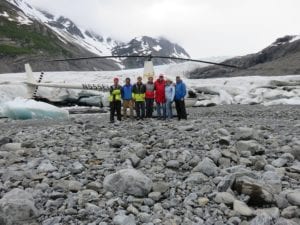We are homebodies. Our family is big and often we find that simply taking time to enjoy one another is enough. With so much going on sometimes it’s easy to get lost in what to do and when.
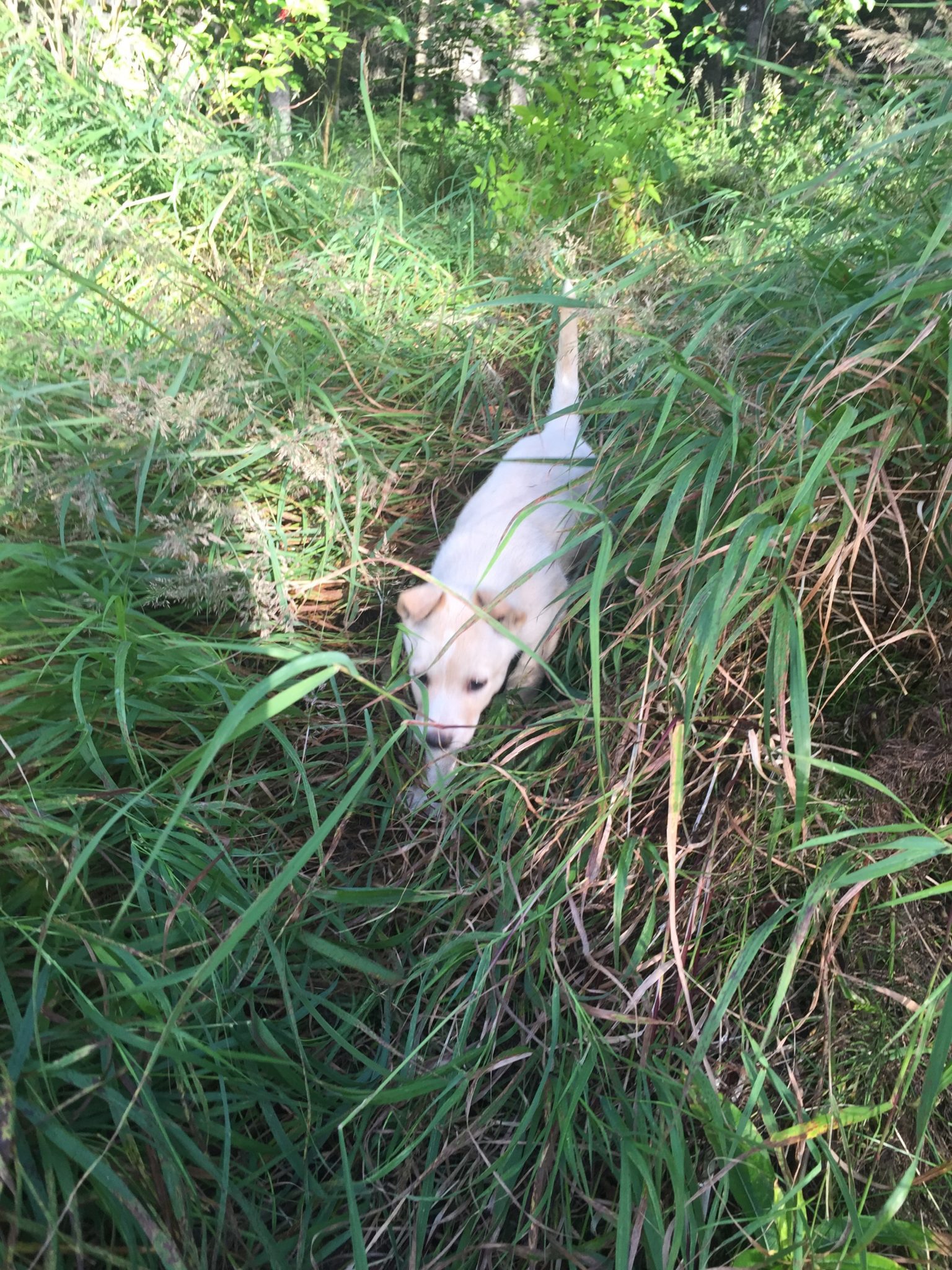
But our dogs root us and remind us of what’s important. Time together. Slow time. So we take the evenings and we play with the puppies, teaching them how to come when their called and to overcome obstacles. At this age, even simple things are hard: walking through tall grass that obscures their vision and downed trees seem like impossible hurdles. Inevitably, the puppies overcome and we sing them praises. We have fun together and they learn how much we love them and how much we enjoy seeing them have fun.
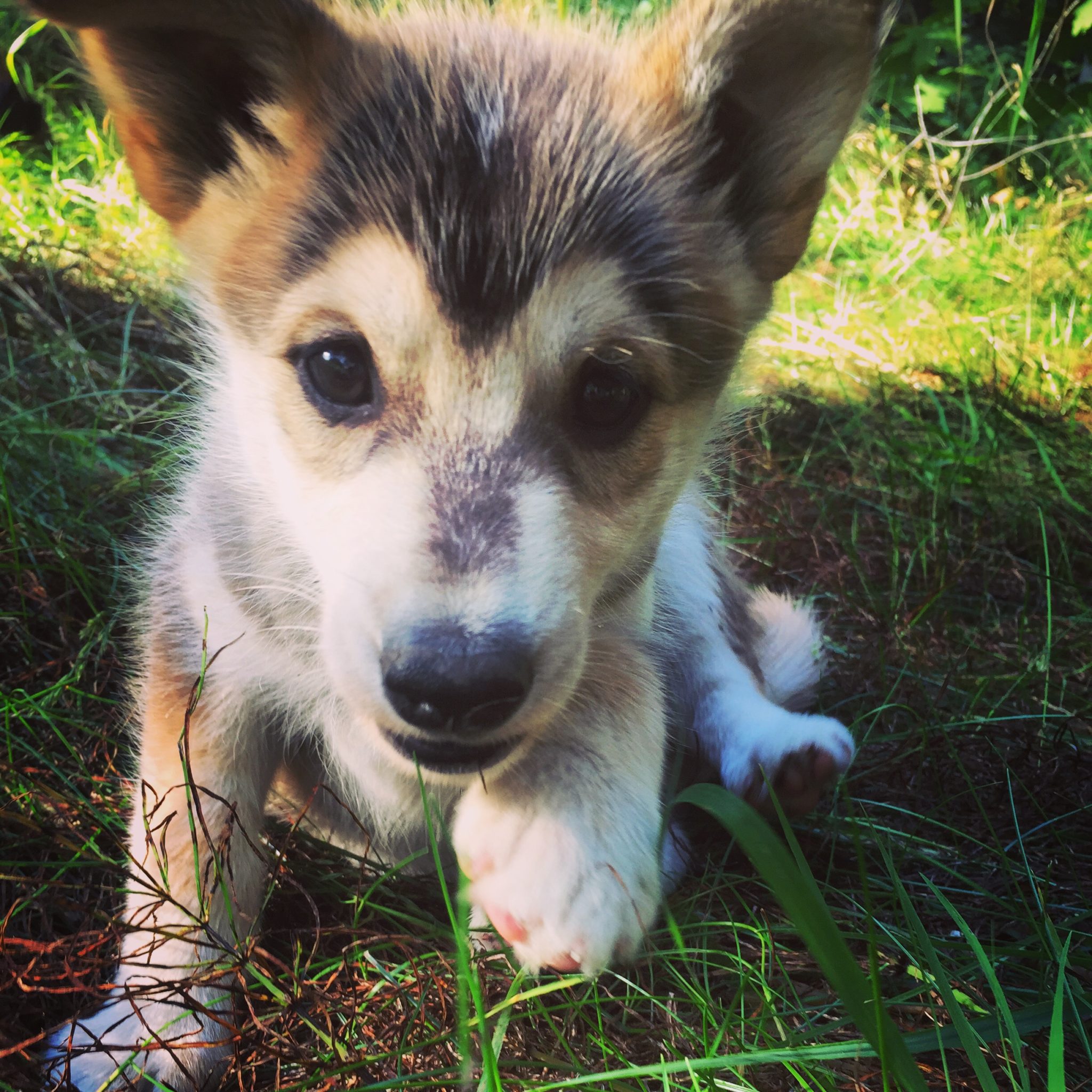
Sometimes we stick to the trails. Sometimes we bush whack. The puppies enjoy the maze of ferns, alders and Devils club and how it temporarily hides them.
Oh the joy in our voices when they come to our feet after wandering through the under brush. They learn quickly that all we want is for them to wander with us and be our pack mates. They’re more than happy to oblige.
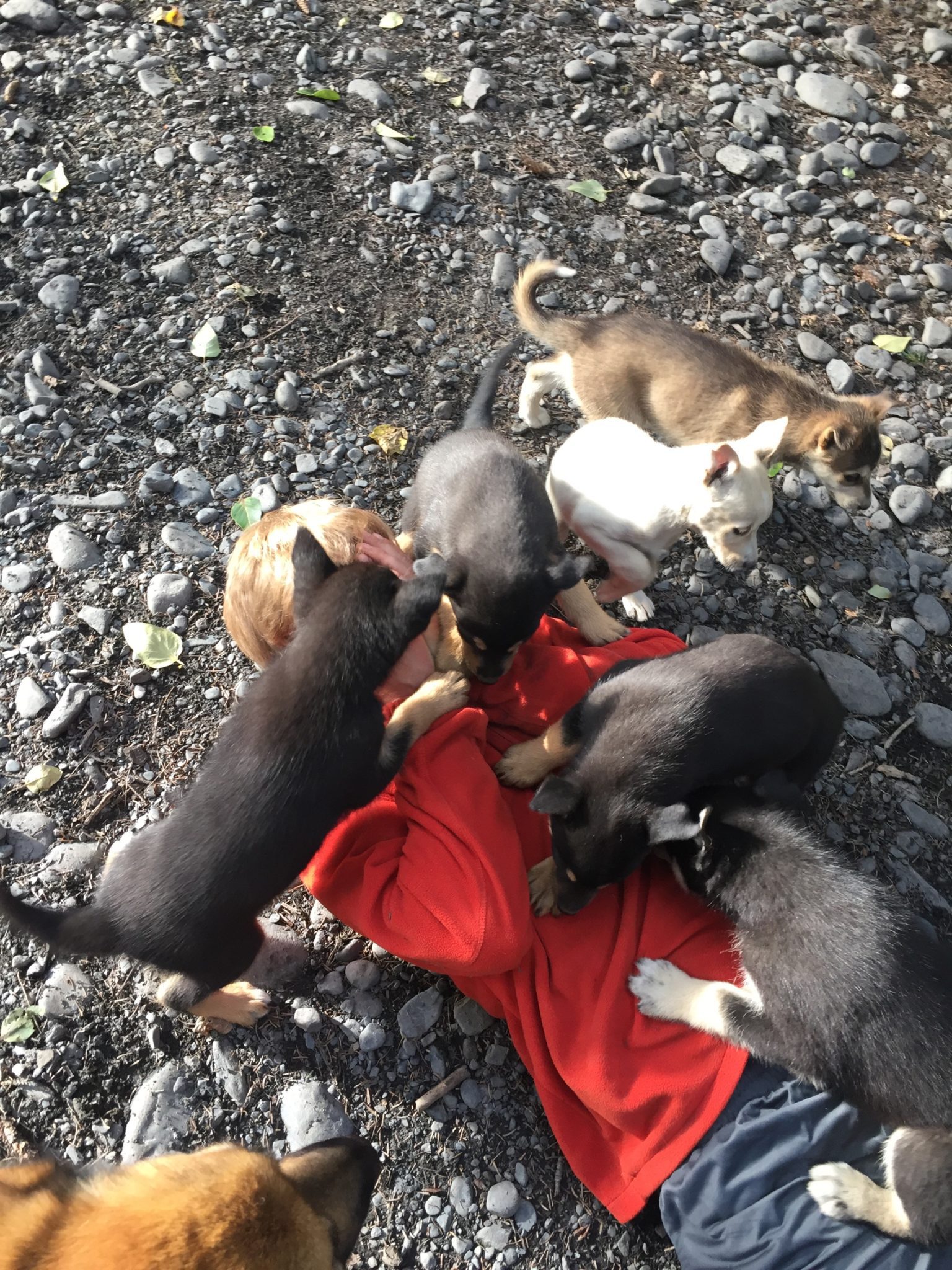
We find the quietness of our life calming. We free run several sets of dogs and walk them around the trail. Some are anxious to show off their speed and others are all too eager to show us their love and affection, not wanting to wander far.
We just got extra batteries for Travis’ new obsession: flying drone helicopters. We’ve had several at this point. None expensive but are slowly looking at buying something nice. We think it would be fun for mushing. Don’t you?
We’ve started getting fish from the weir at Bear Lake again. Having Cook Inlet Aqua Culture as a sponsor is huge and the fish they donate is a huge asset to our feeding program. Evenings have been spent putting fish in garbage bags to freeze. Mornings are spent putting fish into cook pots to make a meal for the dog. We recently had to purchase a new fish pot because we burned a hole through our last — Travis used it as an opportunity to “taste test” the stew. It got his vote of approval and, more importantly, the dogs!
[su_custom_gallery source=”media: 5134,5136,5137,5127″ width=”400″ height=”400″ title=”never”]
We will try to post more regularly about our day to day adventures.
[su_youtube url=”https://youtu.be/WkMVaGmCia8″]
– Sarah
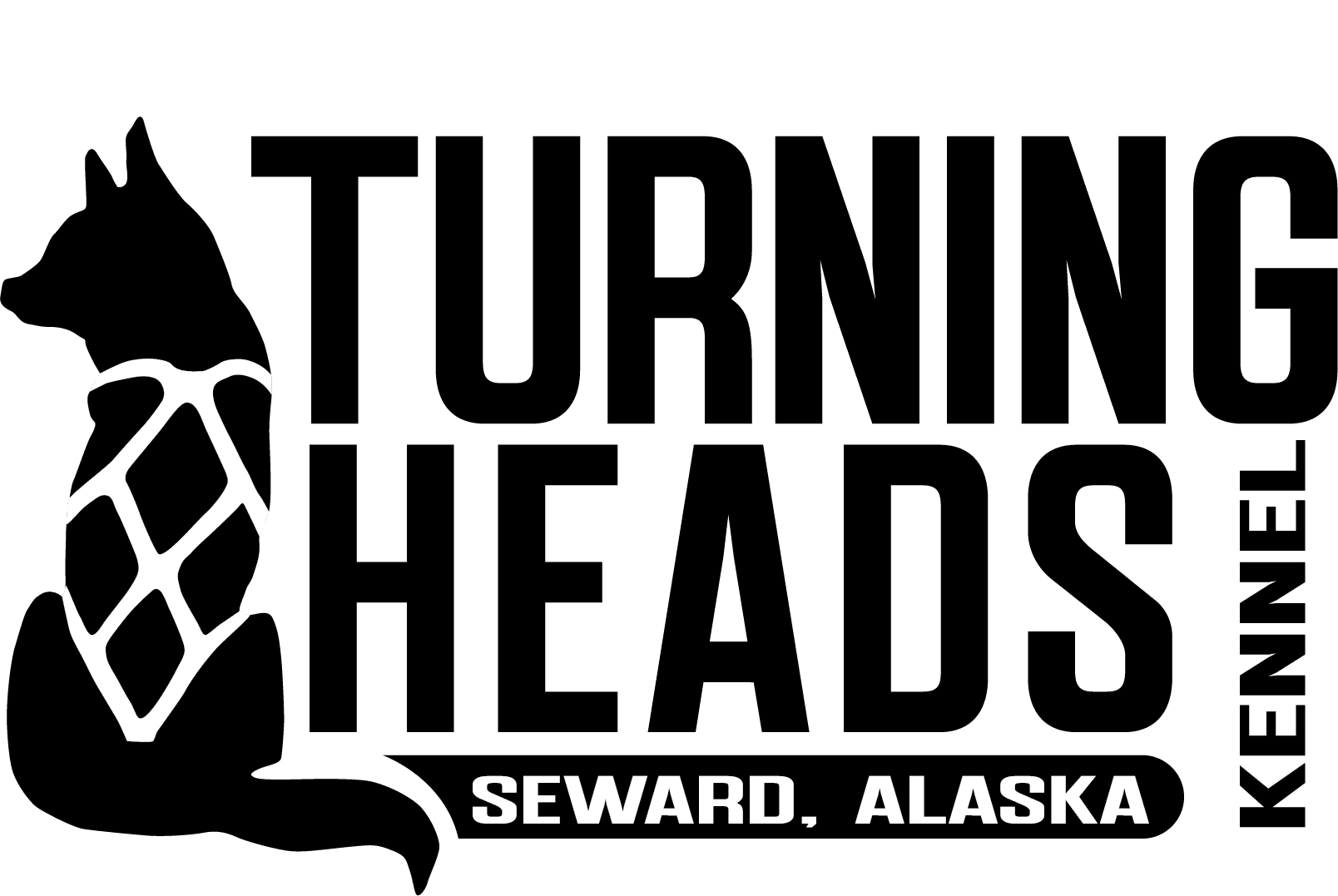
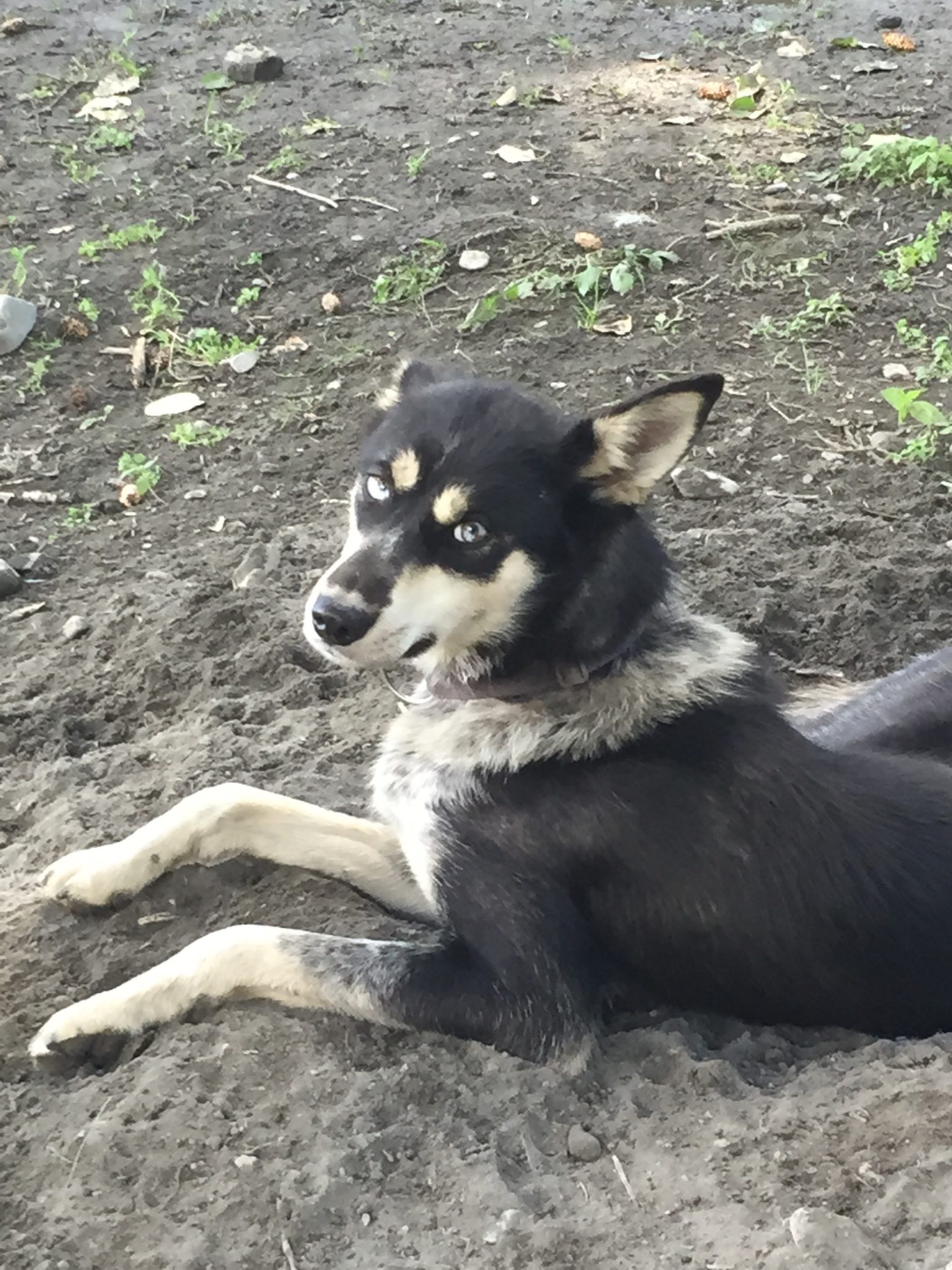 We thought she was going to flunk out of Sled dog 101. “Maybe we should find her a pet home?” We talked about it on and off. She seemed like she had so much promise.
We thought she was going to flunk out of Sled dog 101. “Maybe we should find her a pet home?” We talked about it on and off. She seemed like she had so much promise.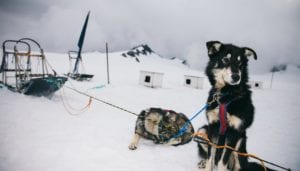
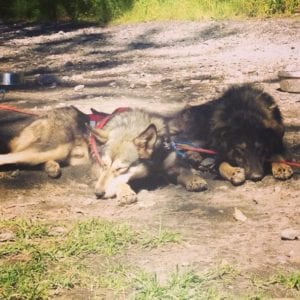
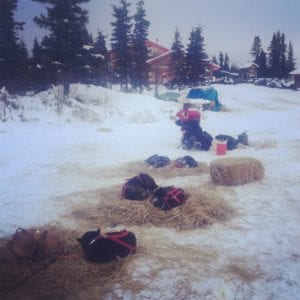
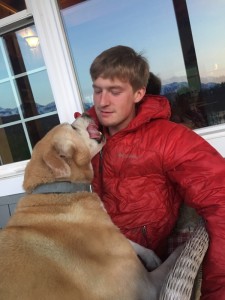 We’ve learned that just like we have to plan rests for our dogs, we also have to plan rests for ourselves. If we don’t, we run into the same problem our dogs do: we burn out.
We’ve learned that just like we have to plan rests for our dogs, we also have to plan rests for ourselves. If we don’t, we run into the same problem our dogs do: we burn out. 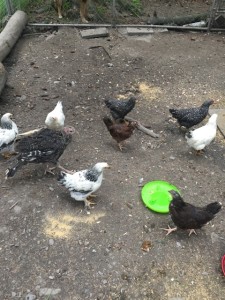 more time off to be with each other and relax together. We’ve worked on finding new hobbies. Travis has begun mountain biking and I’ve started painting again. I also have started a chicken coop and have 8 laying hens.
more time off to be with each other and relax together. We’ve worked on finding new hobbies. Travis has begun mountain biking and I’ve started painting again. I also have started a chicken coop and have 8 laying hens.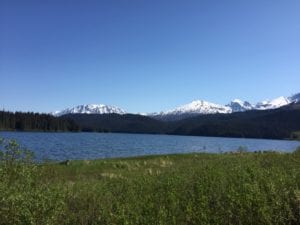 leave the kennel and stay down the road from our house. The peace and tranquility that allowed gave us some much needed time to reconnect. We woke to beautiful mountain views and got to enjoy listening to loons at night. We also went kayaking one day and jet skiing another.
leave the kennel and stay down the road from our house. The peace and tranquility that allowed gave us some much needed time to reconnect. We woke to beautiful mountain views and got to enjoy listening to loons at night. We also went kayaking one day and jet skiing another. 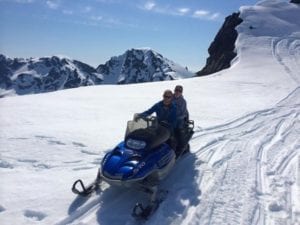 Travis took him and Sophie snow machining. We had great weather while Wade and S0phie visited and are looking forward to them returning in a few short weeks with Sophie’s family.
Travis took him and Sophie snow machining. We had great weather while Wade and S0phie visited and are looking forward to them returning in a few short weeks with Sophie’s family.